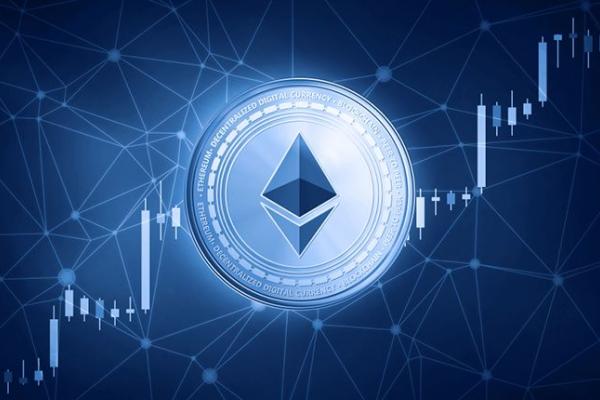On May 17, Ethereum co-founder Vitalik Buterin proposed a unique solution to combat Ethereum’s miner extracted value (MEV) problem.
Miner extracted value refers to a practice where block producers seek to maximize profits by using intricate market strategies to arrange transactions within a block. Buterin provided one such example:
“Consider decentralized exchanges like Uniswap. Suppose that at time T, the USD/ETH exchange rate – on centralized exchanges and on Uniswap – is $3000. At time T+11, the USD/ETH exchange rate on centralized exchanges rises to $3005. But Ethereum has not yet had its next block. At time T+12, it does.”
Using MEV strategies, whoever successfully adds the next block could arrange the transactions within the block so that the Ether from the decentralized exchange in this example was purchased in the first transaction at a discount and then sold on centralized exchanges at a higher price.
While MEV creates lucrative profits for validators, the practice creates network congestion, drives up gas fees on the Ethereum blockchain, and increases slippage for traders. It can be thought of as an invisible tax impacting those transacting over the network.
More importantly, MEV has the potential to erode faith in the consensus mechanism and degrade trust in the network overall. If network participants see that validators are compromising the integrity of the network in a quest to maximize profits, then perhaps they will slowly stop using Ethereum and seek an alternative network without the hidden tax of MEV.
This asset arbitrage strategy drew criticism from Geth core developer Péter Szilágyi, who complained that the Ethereum network was encouraging such practices by “catering” to MEV developers instead of outright curtailing the practice.
Szilágyi’s criticism drew the attention of Buterin, who proposed several solutions to the problem.
Buterin explained that the MEV problem is traditionally tackled through a mixture of MEV quarantine and MEV minimization techniques.
MEV minimization involves building alternative solutions to exchanges such as Uniswap and implementing protocol-level controls to minimize the amount of information received by MEV developers.
These minimization techniques, though robust, are complex and costly to implement.
Quarantining refers to separating the validation process from the block’s contents entirely by outsourcing the decision to choose the contents within each block to designated builders.
The concept, known as proposal/builder separation (PBS), can be effective, but it comes with the risk of increased centralization, as the designated builders could choose to exclude transactions arbitrarily.
As a remedy, Buterin proposed using inclusion lists as a way to prevent builders from excluding transactions.
Inclusion lists allow the builders the privilege of arranging transactions; however, they must include the transactions submitted to them in each block proposal.
Ultimately, Buterin concluded that solving the MEV problem will likely come through utilizing minimization, quarantine techniques, inclusion lists and lowering the requirements to run a node — ensuring that Ethereum stays as decentralized and democratic as possible.
Source: https://cointelegraph.com/news/vitalik-buterin-proposes-solutions-ethereum-mev-problem



